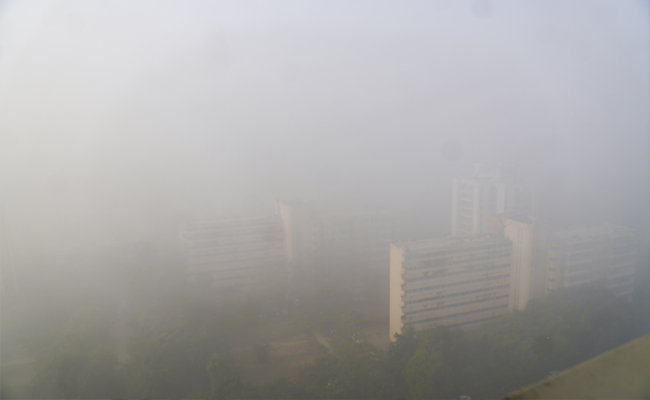London, July 18: People who continue with their regular physical activities may have reduced risk of first and recurrent heart attack even in the areas with moderate-to-high levels of traffic pollution, a new study suggests.
The findings suggests that higher levels of nitrogen dioxide (NO2) -- a pollutant generated by traffic -- were associated with more heart attacks, but the risk was lower among those who were physically active.
"Our study shows that physical activity even during exposure to air pollution, in cities with levels similar to those in Copenhagen, can reduce the risk of heart attack," said lead author Nadine Kubesch from the University of Copenhagen.
For the study, published in Journal of the American Heart Association, the researchers in Denmark, Germany and Spain evaluated outdoor physical activity levels (sports, cycling, walking and gardening) and NO2 exposure in 51,868 adults aged between 50-65 years.
The researchers also compared self-reported activities and lifestyle factors against heart attack and to estimate average NO2 exposure, they used national traffic pollution monitoring data for each participants' address.
They found that moderate cycling for four or more hours per week cut risk for recurrent heart attack by 31 per cent and there was a 58 per cent reduction when all four types of physical activity (together totalling four hours per week or more) were combined, regardless of air quality.
Those who participated in sports had a 15 per cent lower rate of initial heart attacks and there was a nine per cent risk reduction associated with cycling, the researchers said.
Compared to participants with low residential NO2 exposure, those in higher risk areas had a 17 per cent increase risk in first heart attack and 39 per cent for recurrent heart attack, they added.
Let the Truth be known. If you read VB and like VB, please be a VB Supporter and Help us deliver the Truth to one and all.
Kalaburagi: Two years after being expelled from the Janata Dal (Secular), former minister C.M. Ibrahim has announced that he will launch a new regional political party in Karnataka on January 24, reported Deccan Herald.
Speaking at a meeting organised by the Nava Karnataka Nirmana Andolana in Kalaburagi on Sunday, Ibrahim confirmed the birth of the new party.
The 77-year-old politician stated he would soon be meeting with other like-minded individuals to choose a symbol for the party.
ALSO READ: Veteran Congress leader Shamanuru Shivashankarappa laid to rest with full state honours
Ibrahim emphasised that the organisation would be guided by the principles of 12th-century social reformer Basavanna and the architect of the Indian Constitution, Dr. B. R. Ambedkar.
A veteran politician, Ibrahim served as Union Civil Aviation Minister during the tenure of H.D. Deve Gowda as Prime Minister and later headed the Karnataka unit of the Janata Dal (Secular). He was expelled from the JD(S) in 2023 on charges of anti-party activities.
His exit from the party followed sharp differences over the JD(S) decision to ally with the Bharatiya Janata Party (BJP). As the then state president of the JD(S), Ibrahim had publicly criticised the alliance, claiming it was finalised without his knowledge. He had also reportedly convened meetings of his supporters and expressed support for the INDIA bloc.





